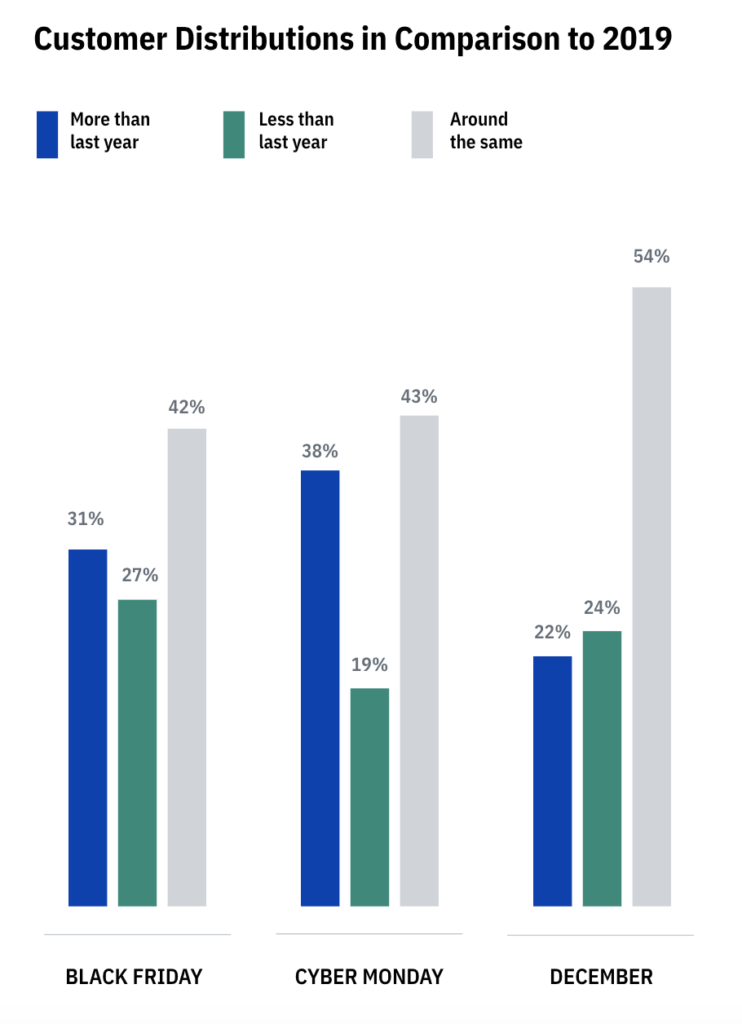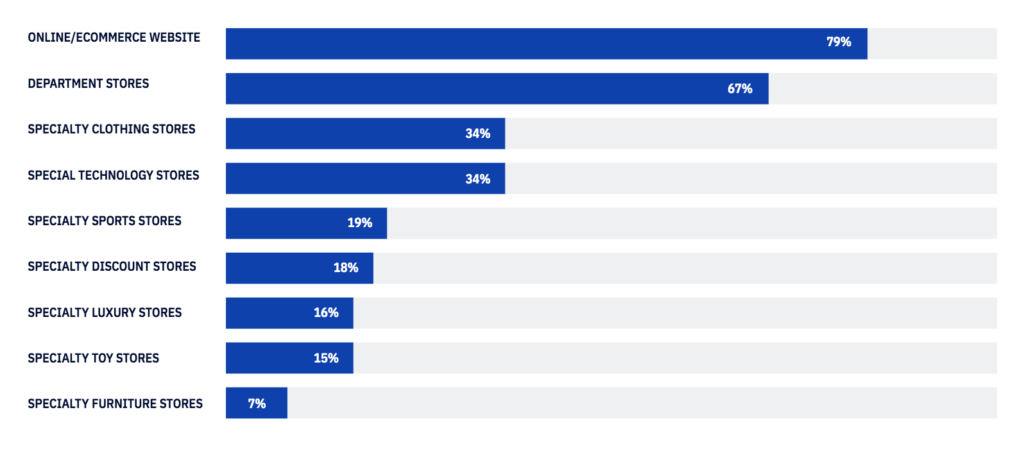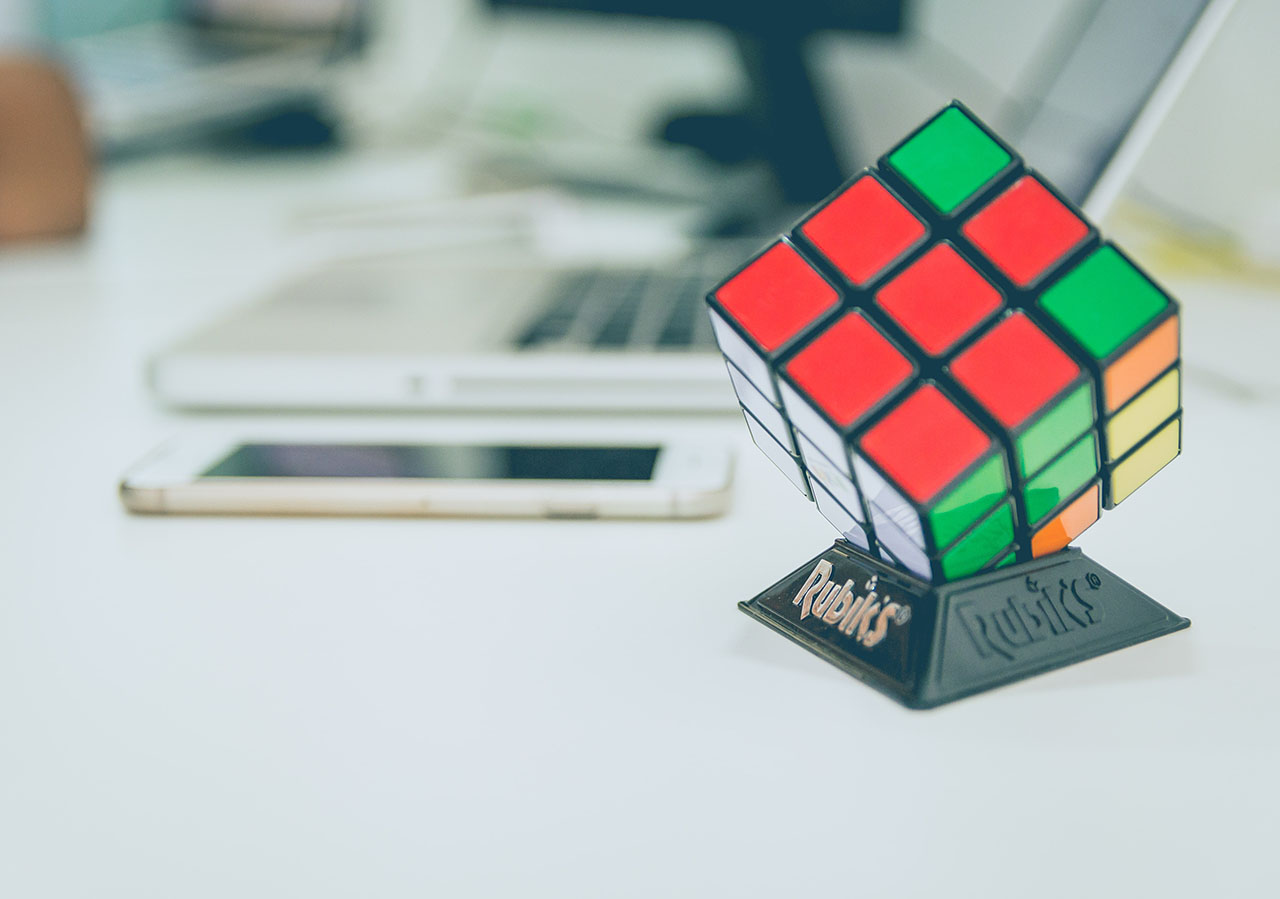Since the inception of customer experience (CX), the conversation about feedback and listening tools has largely revolved around data collection. Many brands have emphasized turning listening programs on immediately, gathering feedback from everyone, and using that feedback to inform both metrics and strictly reactive experience management.
Is there not a deeper layer to experience, though? Top-tier analyst firms like Forrester certainly seem to think so. That conversation about gathering feedback, about experience management, is being taken a step further to a new paradigm: Experience Improvement (XI).
Rather than being about reactive management and just watching metrics like NPS, experience improvement encourages brands to amp things up by creating meaningful, emotionally connective experiences for each and every customer. What follows are five steps to getting your program to that level.
Five Steps to Improve Experiences
- Design
- Listen
- Understand
- Transform
- Realize
Step #1: Design
Until now, most experience program frameworks encourage brands to turn listening posts on immediately and use gathered feedback to shape eventual goals. However, with experience improvement, this model is inverted to great effect. Rather than getting feedback first, forming goals later, brands should carefully think about what objectives they want their program to accomplish and design their listening efforts around those goals.
For example, does your brand want to reduce customer churn by a given percentage? What about increasing retention or acquisition? Whatever your company’s goal, your experience program can help you get much further toward it if you spell out concrete, numbers-driven goals before turning any listening posts on. Frankly, some audiences are also more worth listening to than others, and completing this step can help your brand better decide where to tune in and why.
Step #2: Listen
Once you’ve established your experience program’s goals and audiences, you can then turn your aforementioned listening posts on. Having determined which audiences to listen to before doing so can help your brand consolidate experience program resources toward much more helpful groups. For example, if you’re looking to boost customer retention, it makes more sense to focus on your established customer base than anyone who interacts with your brand in any context. This approach saves your brand time and resources hunting down helpful intel.
Step #3: Understand
After gathering more focused, relevant feedback through your program, take time to carefully digest it and sort out what might need improvement. An experience platform armed with capabilities like sentiment analysis can be a huge help here. Additionally, it bears repeating that understanding your feedback means more than scoreboard-watching NPS—it means diving deep into customer feedback to understand common themes, praises, problems, and possible solutions.
Step #4: Transform
Understanding your customer feedback is one thing; using it to meaningfully transform the business is another. This is arguably the most work-intensive step of the experience improvement framework… and one of the most important. Meaningful transformation means sharing CX intelligence with leaders across the business (especially in the departments most relevant to the feedback) and working closely with them to outline and implement process improvements. Desiloing data is always a good idea because it gives employees a holistic view of the brand’s purpose.
Step #5: Realize
Realizing experience improvement means circling back to the goals you set forth in the design stage to ascertain how things shook out. Did you meet your program numbers? Perhaps more importantly, have the improvements implemented as a result of your program resulted in positive cultural changes? Having an initial goal to compare your outcome to is vital to realizing experience improvement… and simplifies proving ROI to request more resources for additional efforts.
By following these steps, organizations can transcend managing experiences and start meaningfully improving them. As we mentioned up top, Experience Improvement leads to the sorts of deeply connective experiences that keep customers coming back no matter what, leading to fundamental brand success.
To read more about these five steps—and brands who have found success with them—check out this article for free today!














